Aero 101: Of Wings and Spoilers
These little flaps have almost become compulsory fashion accessories for anyone who wants his car to have the ‘go fast’ look. Some think they’re just fashion items, some think they give the car stability, and some just tack on a rear spoiler because everyone has one anyway. Just how do they work, and are they really of any use?
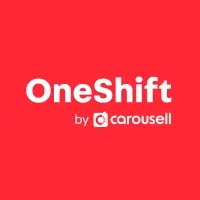
These little flaps have almost become compulsory fashion accessories for anyone who wants his car to have the ‘go fast’ look. Some think they’re just fashion items, some think they give the car stability, and some just tack on a rear spoiler because everyone has one anyway. Just how do they work, and are they really of any use? To understand the basics of how they work, we first need to look at the cross section of an airplane wing.
Figure 1 shows the cross section of a basic airplane wing. It is going from right to left. The top surface of the wing is rounder than the bottom surface, which is usually flat. This results in the air traveling over the top surface having to travel a longer distance to meet the same airflow traveling across the bottom plane. This creates a difference in air pressures across the top and bottom of the wing, generating lift. The faster the air is flowing, the more pronounced the lift will be. The next time you get close to an airport runway, observe that planes always take off into the wind to maximize this effect.
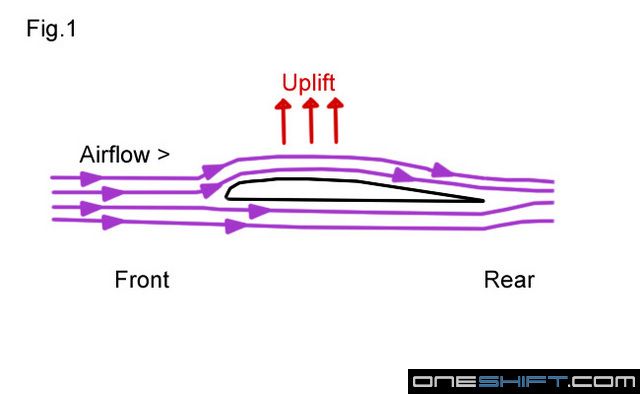
Now Figure 2 shows the side profile of a Toyota Camry, a typical sedan shape. You’ll notice that its general outline is similar to the cross section of an airplane wing! It has a flat bottom surface and a highly curved upper surface. This is the reason why many drivers tell of their cars getting ‘light’ at high speeds, with steering getting vague. The fact is that the car is one big wing trying to take off from the road. The cause of the uplift is where the upper and lower airstreams join up at the rear of the car. The more tapered the tail of the car, the quicker and nearer the airstreams join up, resulting in increased lift. To avoid the problem, engineers invented the spoiler. The fin installed at the rear end of a car is called a spoiler because it does exactly that: it spoils the airflow over the rear of the car. Many current cars already have a small integrated tail spoiler designed into the body shape. On these cars, you will notice that the bootlid extends back and slightly upwards instead of tapering towards the rear bumper.
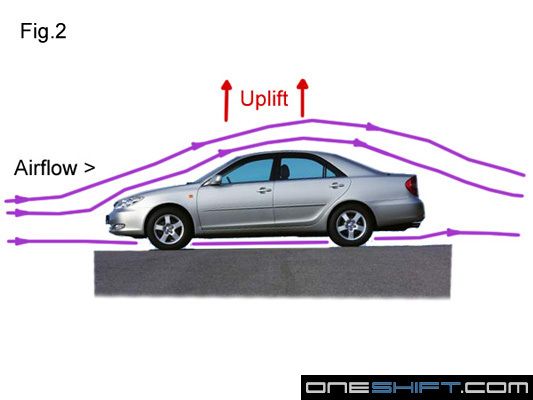
In Figure 3, a spoiler has been drawn onto the rear of the car. This fin kicks the upper airflow upwards as it passes, creating turbulence and not allowing the upper airflow to join up with the air exiting the bottom of the car. This greatly reduces the lifting effect on a car when at high speeds. It must be noted that spoilers do not generate downforce. They only reduce high speed lift, which is inherent in all passenger car designs.
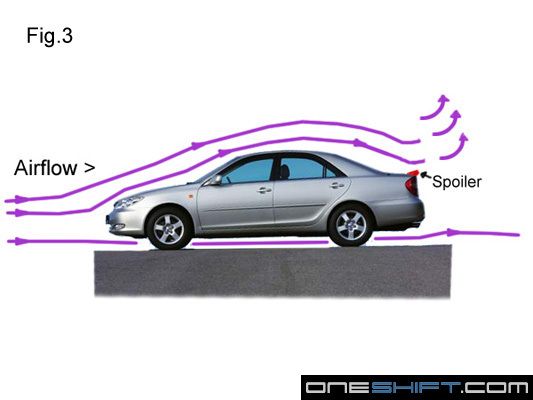
On passenger vehicles, the terms spoiler and wing are often used interchangeably, but in fact, a spoiler’s main objective is to break up the airflow over the rear of the car, and as such, a spoiler is often mounted directly to the rear lip of the car. A rear wing is more active, and is shaped like an upside down airplane wing (Figure 4). A wing mounted on a car generates downforce the same way an airplane wing generates lift: by creating differences in air pressure above and below it. To be effective, a wing is often mounted higher, where more air can flow over it undisrupted. The tradeoff is that a wing typically generates more air drag than a spoiler.
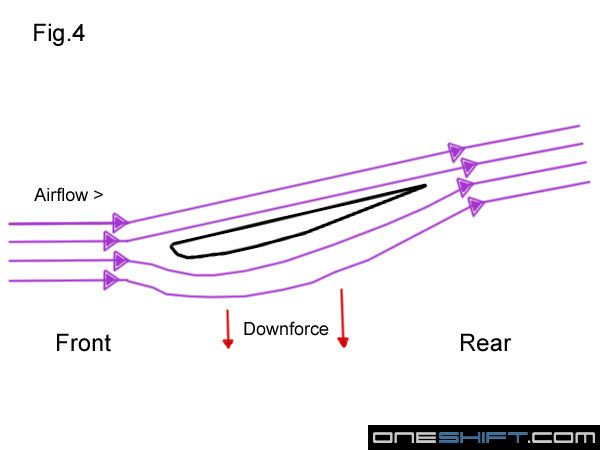
Another fact is that these aerodynamic aids only come into play at high speeds, typically above 100km/h. At lower, urban traffic speeds, airflow is simply not fast enough to make an appreciable difference.
Credits: Lionel Kong

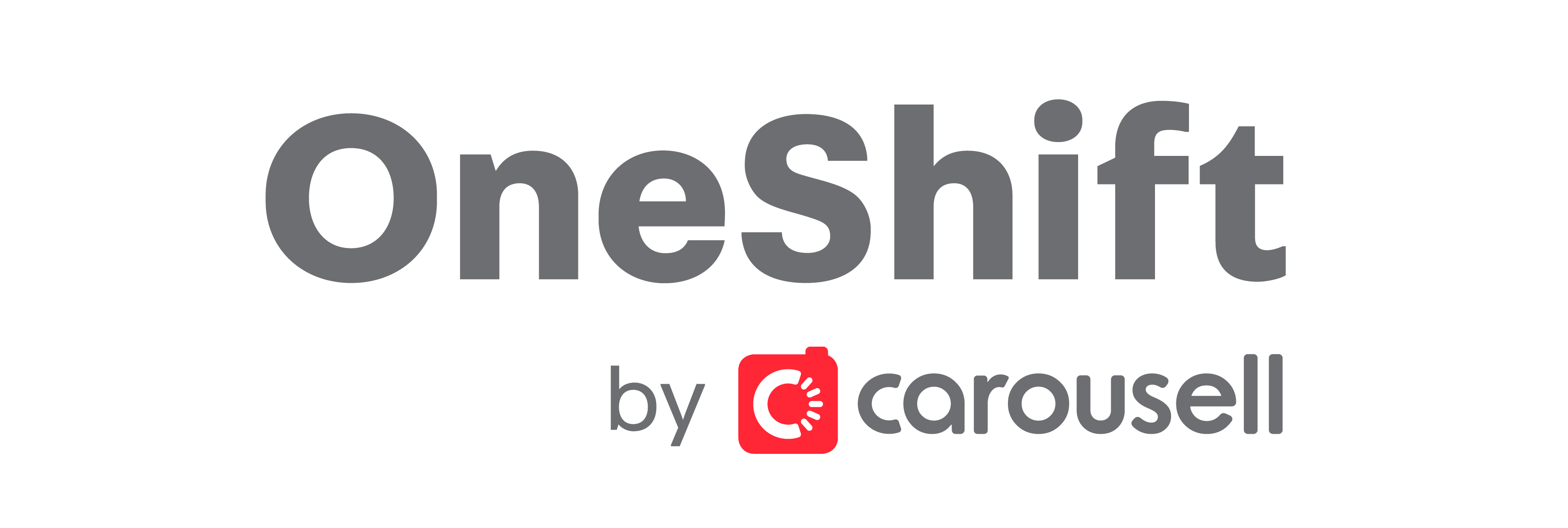
Get the Best Price for your used car
from 500+ dealers in 24 hours
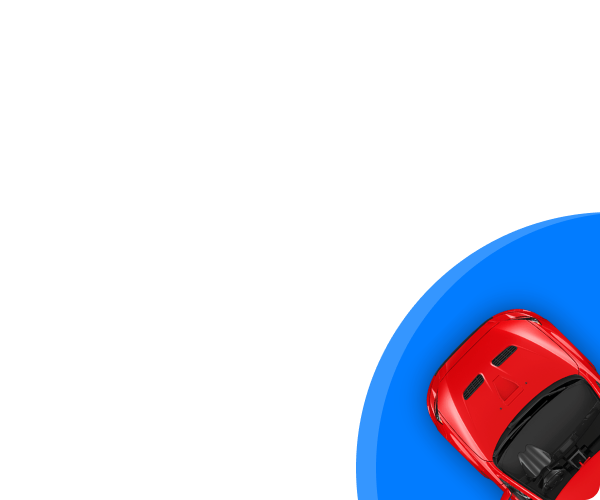
- Convenient and Hassle-Free
- Consumer Protection
Transparent Process
With No Obligation








